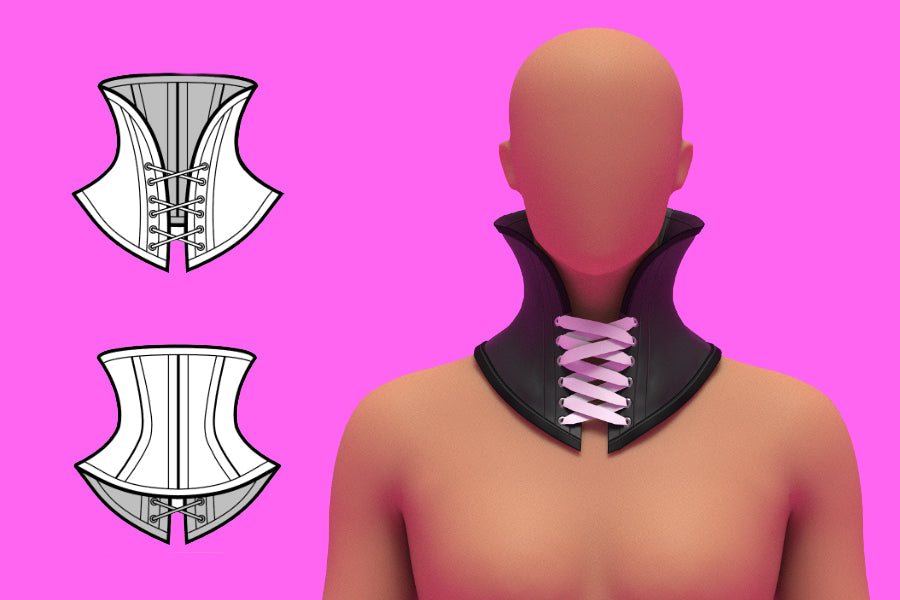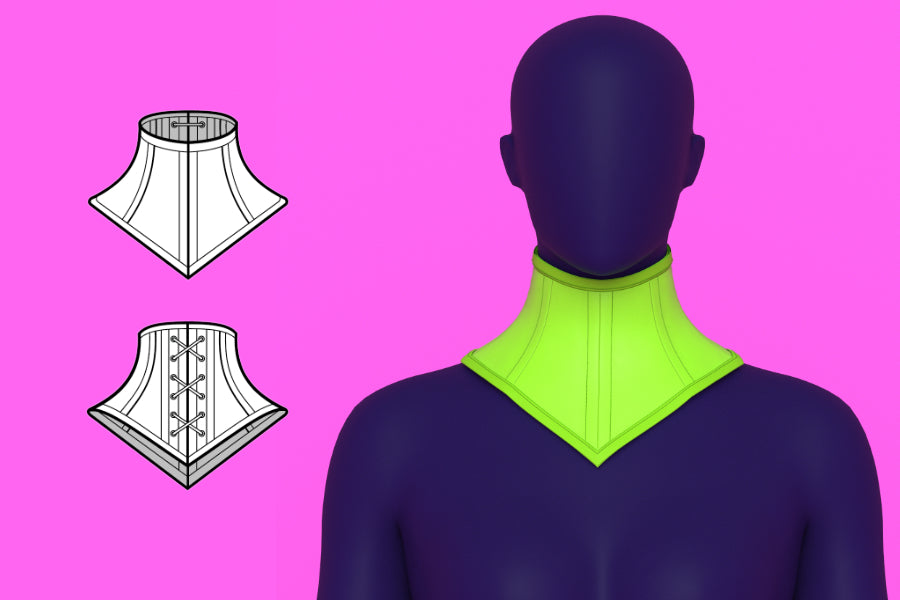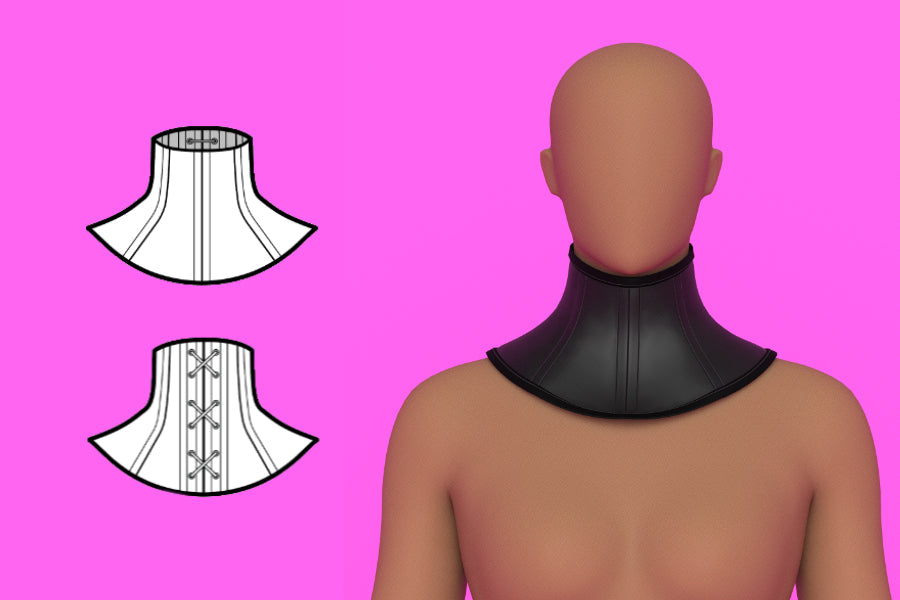Most issues come from taking bites that are too big, piercing through to the front, or pulling the thread too tight. Keep each bite to 1–2 threads of the garment fabric, skim inside the layer instead of exiting the right side, and aim for even spacing with snug, not tight, tension. Always press the fold before sewing and give it a final press at the end for a smooth hem.
Match thread color and sheen to the fabric, choose a suitable thread weight, and use the right needle size so you do not leave visible dots or snags. Work with shorter thread lengths to avoid tangles, secure your start and finish inside the fold, and check the right side every few inches under good lighting. A quick test on a scrap saves time and fixes settings before you touch the garment.
Adapt the method to the fabric. For knits, avoid stretching the edge and take smaller bites, or use a slight zigzag catch if needed. On thick fabrics, grade the hem or use a bias facing to reduce bulk, and on curved hems ease the fold or narrow the allowance to prevent ripples. For very light sheers or very heavy cloth, consider alternatives like a baby hem or catch stitch, and let bias-cut hems hang before leveling and stitching.







